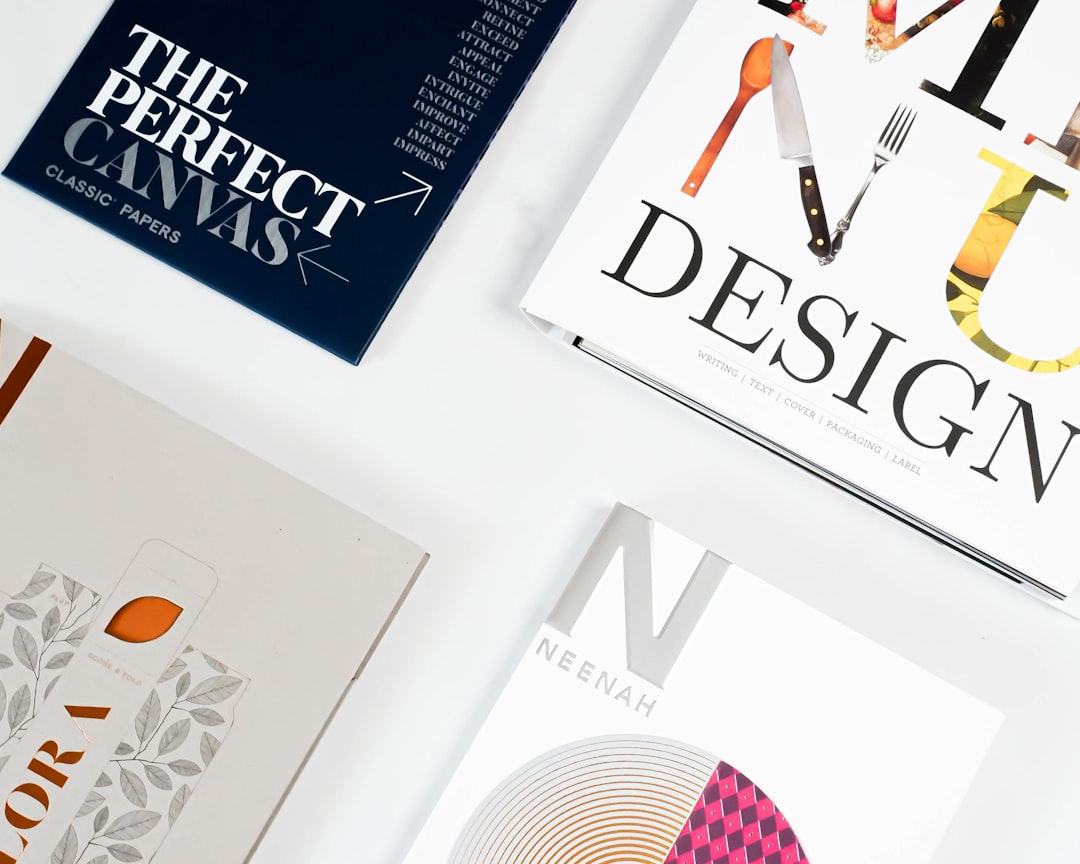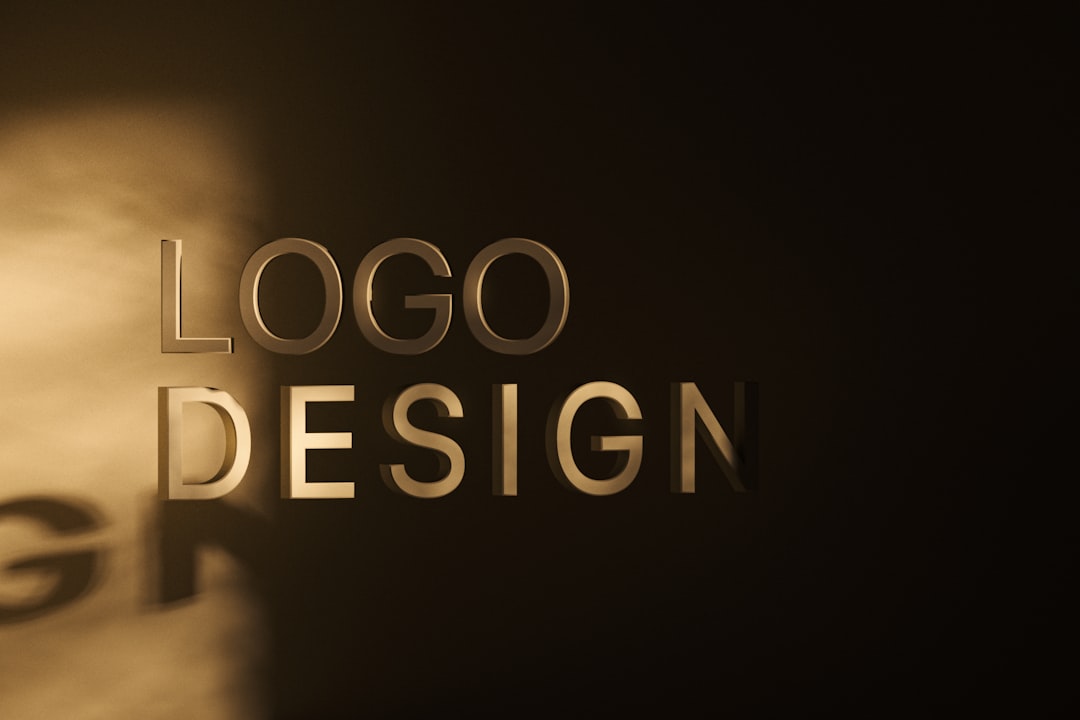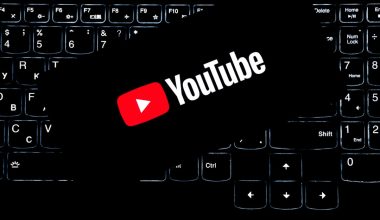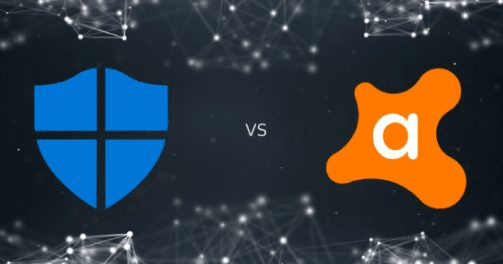In today’s hyper-competitive digital and physical markets, logos are not just aesthetic elements—they’re essential storytelling devices. A well-designed logo can express a brand’s values, communicate its mission, and spark emotional connections with customers. At the heart of logo design lies iconography: the use of imagery, letters, and combinations thereof to craft identity—all packed into a symbol or mark that’s often just a few centimeters wide.
TLDR: Logos come in many forms, but most can be categorized into symbols, letter-based marks, or hybrid combinations. Each type serves a specific role in branding, with visual identities tailored for recognition, memorability, and versatility. This article breaks down the types of logo iconography, explores when to use each, and provides real-world examples. By understanding the principles behind these visual cues, you’ll gain insights into how brands communicate through design.
Understanding Logo Iconography
Logo iconography encompasses the visual elements embedded within a logo that convey meaning, brand identity, and aesthetic sensibility. These elements are frequently distilled into three main categories:
- Symbolic logos (also called iconic or pictorial marks)
- Letter-based logos (logotypes and monograms)
- Hybrid marks (combination marks of text and imagery)
Each of these types communicates differently and suits different needs depending on the brand’s strategy, target audience, and industry. Let’s explore each category in depth.
1. Symbolic Logos: Visual Simplicity, Deep Meaning
Symbolic logos rely on imagery rather than text. These icons are often abstract or representational—easily recognizable shapes that carry broader meaning and emotional connotations.
Examples: Apple’s apple, Twitter’s bird, and Nike’s swoosh.
These symbols often have no text attached, which makes them immediately identifiable and highly versatile. They can be printed at very small sizes, embossed onto merchandise, or used as app icons without loss of clarity.
Advantages of Symbolic Logos:
- Memorable and visually impactful
- Cross-language and cross-cultural recognition
- Scalable across digital and physical media
Challenges: A purely symbolic logo can be risky for new brands, as the audience might not yet associate the symbol with the brand.
Brands often start with a combination mark (symbol + word) and later transition into using just the icon once recognition is established.
2. Letter-Based Logos: Clever Use of Typography
Unlike symbolic logos, letter-based logos—also known as logotypes or wordmarks—utilize text as the central visual device. These can be:
- Full wordmarks: Logos using the company’s full name (e.g., Google, Coca-Cola)
- Monograms or lettermarks: Abbreviations or initials (e.g., IBM, HBO, CNN)
The beauty of a typographic logo lies in its ability to stand out through font choice, customization, and layout. Skilled designers often tweak individual letters to give the logo a unique character while keeping it readable.
Examples: The bold Helvetica of NASA, the flowing script of Coca-Cola, and the customized type of FedEx (with its famous hidden arrow) illustrate how text alone can communicate tone, history, and forward-thinking design.
Advantages of Letter-Based Logos:
- Immediate identification with the brand’s name
- Strong brand recall when the name is unique
- Classic and professional feel
Challenges: Wordmarks can become cumbersome at very small scales, and highly generic or common brand names may require more visual aids to stand out.
Image not found in postmeta
3. Hybrid Marks: The Best of Both Worlds
As the name suggests, hybrid or combination marks fuse symbols with lettering. This dual-approach offers flexibility and clarity—it shows the name for recognition and includes a symbolic element for emotion and memorability.
Examples: Adidas (three stripes + name), Lacoste (crocodile + wordmark), Burger King (burger symbol + company name).
Combo marks tend to work well across industries where both recognition and storytelling are vital. Over time, strong brands may choose to simplify by dropping either the icon or text, once resonance with the audience is achieved.
Advantages of Hybrid Logos:
- Clear brand communication right from the start
- Allows future flexibility in separating the components
- Balanced artistry with strategic identity-building
Challenges: More complex to design and balance visually; may not be suitable for extremely minimalist or mobile-first environments that favor icon-only brands.
Semiotics: The Psychology Behind Logo Elements
Whether you’re using a lettermark or a symbol, logo iconography isn’t just aesthetic—it’s deeply psychological. This is where semiotics (the study of signs and symbols) plays a role. Every visual decision in a logo should serve a communicative purpose.
Consider these elements:
- Color: Blue often conveys trust (used by tech and finance brands), red evokes energy, while green signals eco-friendliness or wellness.
- Shape: Circles suggest unity and motion. Squares feel solid and trustworthy. Triangles bring dynamic movement or innovation.
- Typography: Serif fonts often feel traditional, while sans-serif fonts are modern and clean. Script fonts connote elegance or creativity.
Good logo iconography takes all these interactions into account to create a holistic visual language that the audience quickly interprets—even subconsciously. The aim is not just recognition, but connection.
Trends in Logo Iconography
Over the last decade, we’ve seen several shifts in how logo iconography is used. Some of the major trends include:
- Minimalism: Brands are paring down to ultra-simple icons and sans-serif fonts to improve digital usability.
- Responsive logos: A single logo that changes in scale and complexity depending on screen size or context.
- Custom typographic logos: More designers are crafting unique fonts or tweaking letters to avoid generic looks.
Modern branding strategies also demand adaptability across social media platforms, app icons, websites, and physical packaging. That puts pressure on logo iconography to be instantly recognizable regardless of size or background.
When to Use Each Type
Choosing the right kind of logo is as much a strategic decision as it is a design one. Here’s a brief guide:
- Use a Symbolic Logo if: Your brand has global reach, cultural presence, or visual storytelling power (e.g., fashion, tech, automotive).
- Use a Letter-Based Logo if: Your brand name is recognizable or unique, or you need to emphasize professional credibility (e.g., corporations, consultancies).
- Use a Hybrid Logo if: You’re building brand recognition from scratch and want the benefits of both image and text.
Conclusion: Crafting a Lasting Visual Identity
Logo iconography is more than just a visual accessory—it’s the entrance into a brand’s narrative. Whether your identity is best expressed through a powerful symbol, a refined typographic design, or a well-balanced combination, the goal is the same: to create an iconic representation of your brand’s mission, values, and personality.
By understanding the different types of logos and their psychological impact, designers and brand managers can make informed choices that elevate not only aesthetics but business outcomes. In an age bustling with brands, your logo shouldn’t just blend in—it should stand tall and stand for something.
Image not found in postmeta





